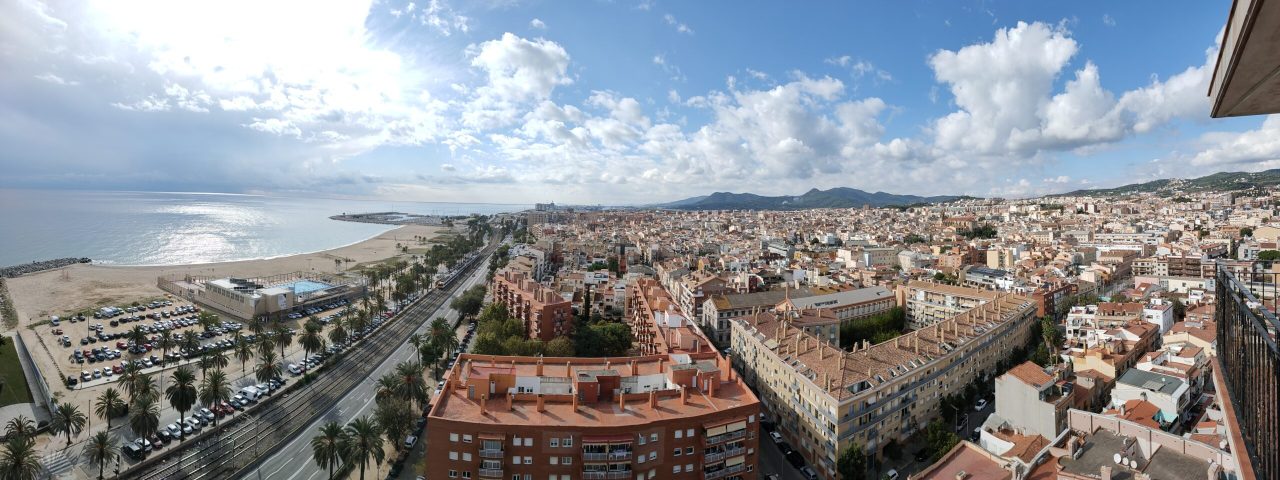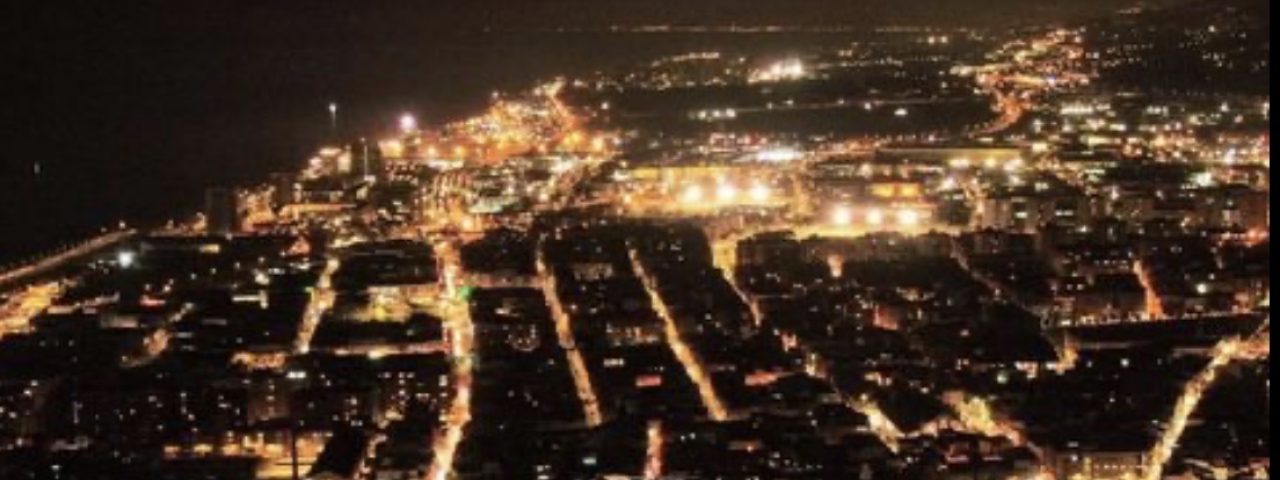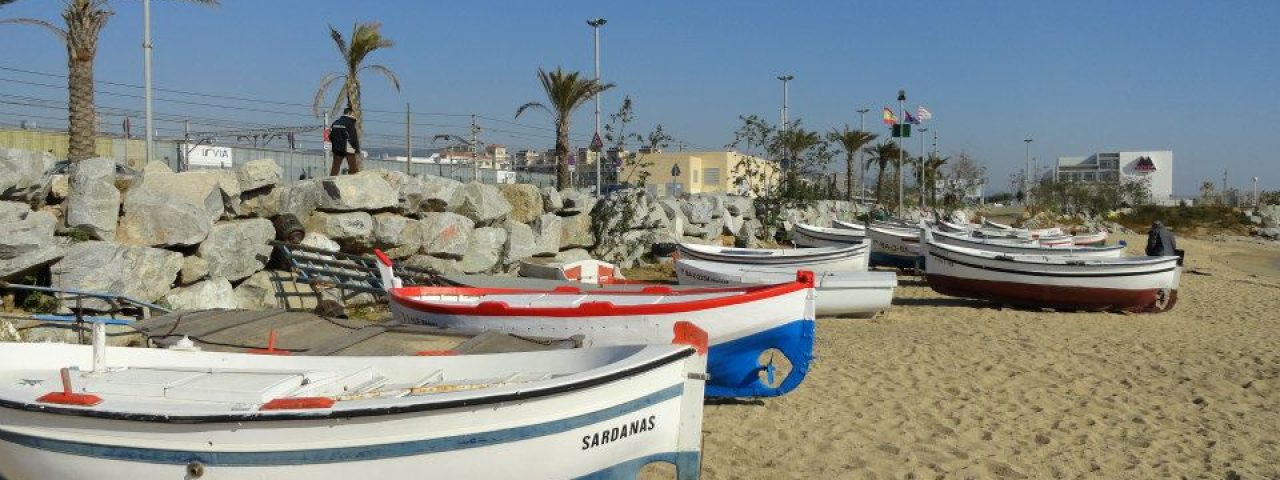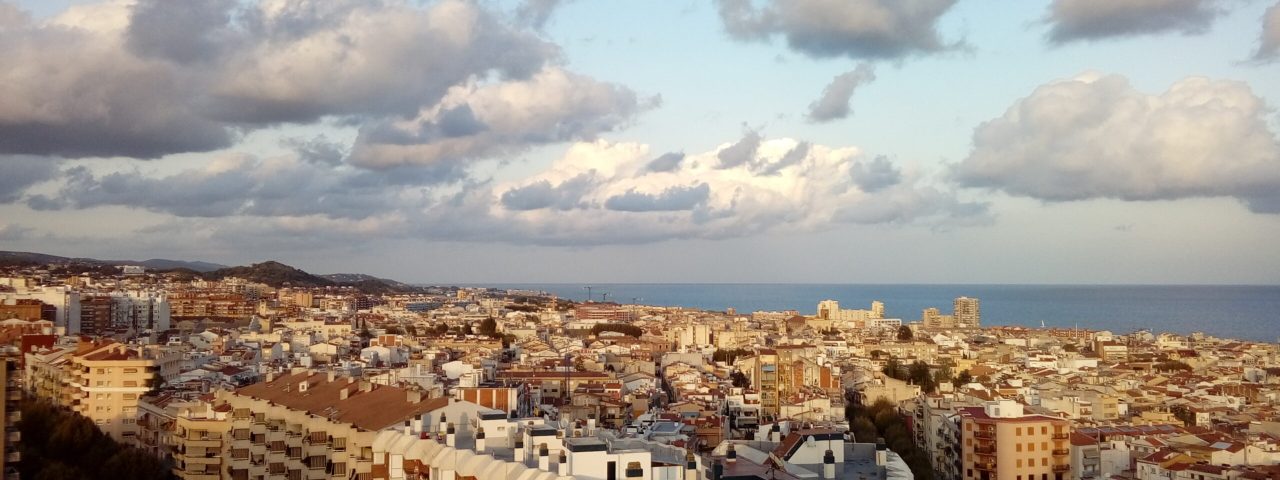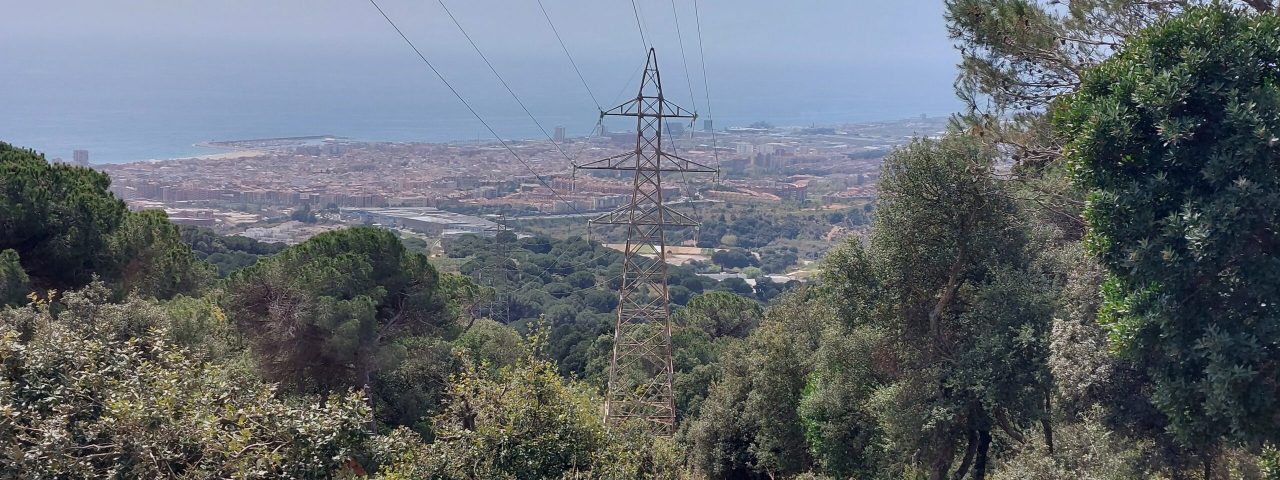Mataró boasts a rich historical tapestry that stretches back to Roman times, when it was known as Iluro, a Roman colony. The remnants of this ancient civilization can still be seen today in the city’s Torre Llauder, a preserved Roman villa that stands as a testament to Mataró’s historical significance. Over the centuries, Mataró grew as a key commercial and cultural center in Catalonia, blending its Roman roots with later medieval and modern influences.
The city is deeply connected to Catalonian culture, with a strong sense of local identity. One of the most celebrated traditions in Mataró is Les Santes, a major festival held in late July in honor of the patron saints, Saint Juliana and Saint Semproniana. The festival is marked by parades, fireworks, live music, traditional dances, and cultural events that attract visitors from across the region. The city’s culture also shines through in its art, with a local focus on modernist architecture and the influence of architect Josep Puig i Cadafalch, whose works can be seen throughout Mataró.
In addition to festivals, the city has a lively arts scene, with numerous galleries, theaters, and cultural centers where local talent and international artists are celebrated. The combination of historical depth and vibrant contemporary culture makes Mataró a fascinating destination for culturally inclined visitors.
